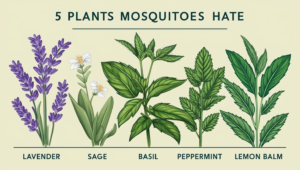
Blurring the lines between indoors and out has become a popular trend in modern home design. Creating Seamless Indoor-Outdoor Living Spaces enhances your living experience by expanding your usable space and connecting you with nature. This blog post will explore key design strategies for creating seamless indoor-outdoor living spaces, transforming your home into a tranquil and versatile environment. Initially, merging these two distinct areas might seem complex. Subsequently, you’ll discover how simple design choices can create a harmonious flow. Moreover, indoor-outdoor living spaces offer numerous benefits, including improved well-being, increased natural light, and enhanced entertainment possibilities. Furthermore, by implementing these tips, you can create a space that feels both spacious and inviting. In addition, you’ll find inspiration for various design styles and budgets. Ultimately, creating seamless Indoor-Outdoor Living Spaces enhances your lifestyle and connects you with the natural world. Let’s explore how! ☀️🌳
1. Seamless Transitions: Flooring and Thresholds 🚪
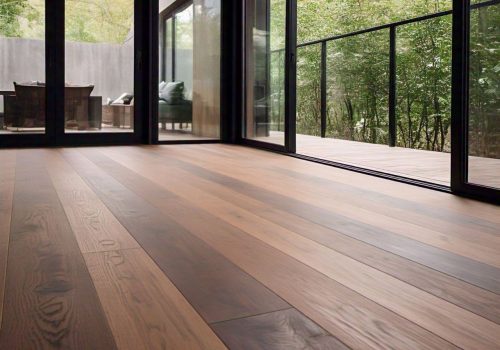
Creating a seamless transition between indoor and outdoor flooring is crucial for establishing a cohesive space. Firstly, using the same flooring material or a similar color palette both indoors and outdoors can create a visual connection. Secondly, minimizing or eliminating thresholds can further enhance the seamless flow. Thirdly, durable and weather-resistant materials should be used for outdoor flooring. Additionally, consider the height difference between the indoor and outdoor spaces. For example, using pavers or decking that are level with the indoor flooring can create a smooth transition. Subsequently, the two spaces will feel like one continuous area. In this way, a strong visual connection is established. Ultimately, seamless transitions are essential for creating effective indoor-outdoor living spaces.
2. Expanding with Large Openings: Doors and Windows 🪟
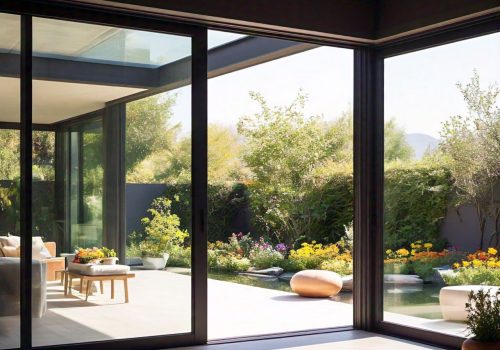
Large openings, such as sliding glass doors, French doors, or bi-fold doors, are key to creating a strong connection between indoor and outdoor areas. Firstly, these openings allow for ample natural light and ventilation. Secondly, they create a visual connection with the outdoors, making the space feel larger and more open. Thirdly, they provide easy access to the outdoor area, encouraging indoor-outdoor flow. Additionally, consider using large windows to further enhance the connection with nature. For example, floor-to-ceiling windows can offer panoramic views of the surrounding landscape. Furthermore, these large openings can be used to create a dramatic and inviting atmosphere. Subsequently, the indoor and outdoor spaces will feel seamlessly connected. In this manner, the living space is significantly expanded. Ultimately, expanding with large openings is crucial for creating successful indoor-outdoor living spaces.
3. Extending Your Interior Design Outdoors 🛋️
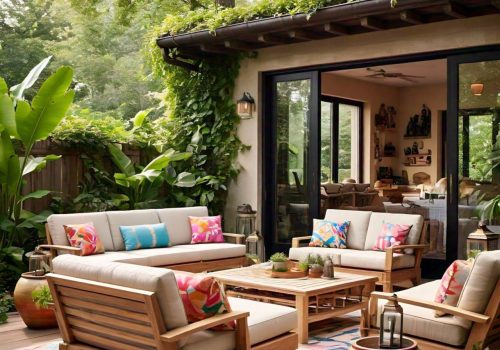
Extending your interior design style to your outdoor space creates a cohesive and harmonious look. Firstly, using similar furniture styles, colors, and materials both indoors and outdoors can create a unified aesthetic. Secondly, outdoor rugs, cushions, and décor can be used to create a comfortable and inviting outdoor living area. Thirdly, weather-resistant materials should be chosen for outdoor furniture and décor. Additionally, consider using outdoor lighting to extend the usability of your outdoor space into the evening. For example, outdoor string lights, lanterns, or spotlights can create a warm and inviting atmosphere. Furthermore, this approach makes the transition between indoors and outdoors feel natural and seamless. Subsequently, the outdoor area becomes an extension of your indoor living space. In this way, the design is visually consistent. Ultimately, extending your interior design outdoors creates a cohesive and stylish indoor-outdoor living space.
4. Embracing Nature: Plants and Greenery 🪴
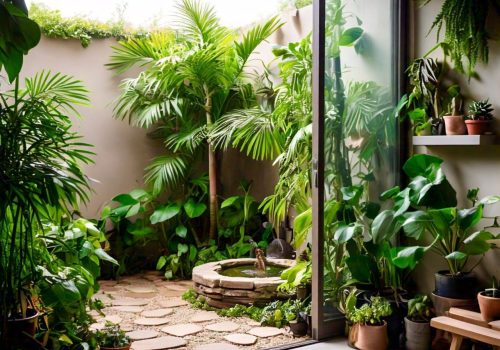
Incorporating plants and greenery is essential for creating a natural and inviting indoor-outdoor living space. Firstly, plants can be used to create a visual connection between the indoor and outdoor environments. Secondly, they can also help to improve air quality and create a more relaxing atmosphere. Thirdly, consider using a variety of plants, including trees, shrubs, flowers, and herbs. Additionally, vertical gardens, green walls, and hanging planters can be used to maximize greenery in smaller spaces. For example, placing potted plants near the transition area can blur the lines between indoors and out. Furthermore, this approach brings the beauty of nature into your home. Subsequently, the space feels more connected to the surrounding environment. In this manner, a natural and serene atmosphere is created. Ultimately, embracing nature with plants and greenery is crucial for creating beautiful indoor-outdoor living spaces.
5. Creating Defined Zones: Functionality and Flow 🎯
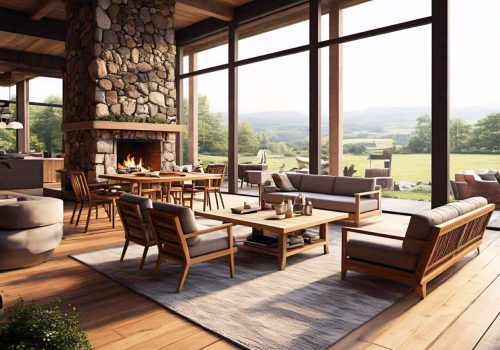
While creating a seamless flow is important, it’s also essential to define distinct zones within your indoor-outdoor living space. Firstly, this can be achieved by using different flooring materials, rugs, or furniture arrangements. Secondly, this helps to create separate areas for dining, lounging, and other activities. Thirdly, this also helps to improve functionality and organization. Additionally, consider using outdoor screens or partitions to create more privacy or define different areas. For example, a low wall or a row of potted plants can be used to separate a dining area from a lounge area. Furthermore, this approach adds structure and purpose to the space. Subsequently, the space becomes more versatile and usable. In this manner, the space is more effectively utilized. Ultimately, creating defined zones enhances the functionality and flow of indoor-outdoor living spaces.
Conclusion
Creating Seamless Indoor-Outdoor Living Spaces enhances your lifestyle and connects you with nature in a beautiful and functional way 💖. By implementing these design strategies, you can transform your home into a tranquil and versatile environment. Initially, planning and executing these changes might require some effort. Subsequently, you’ll enjoy a significantly enhanced living experience. Moreover, you’ll have expanded your usable living space and created a more inviting home. Furthermore, you’ll have improved your connection with the natural world. Ultimately, creating seamless indoor-outdoor living spaces is a worthwhile investment in your home and your well-being. Happy blending! ☀️🌳🏡✨😊🎉
🌱 Subscribe to Our YouTube Channel:
Check out The Green Living Spaces for video guides, tips, and inspiration to help you along your gardening journey.
📖 Popular Articles You May Like:
Explore our curated list of helpful guides at Popular Articles – The Green Living Spaces.
Start small, stay consistent, and enjoy the journey of nurturing your plants.🌿




